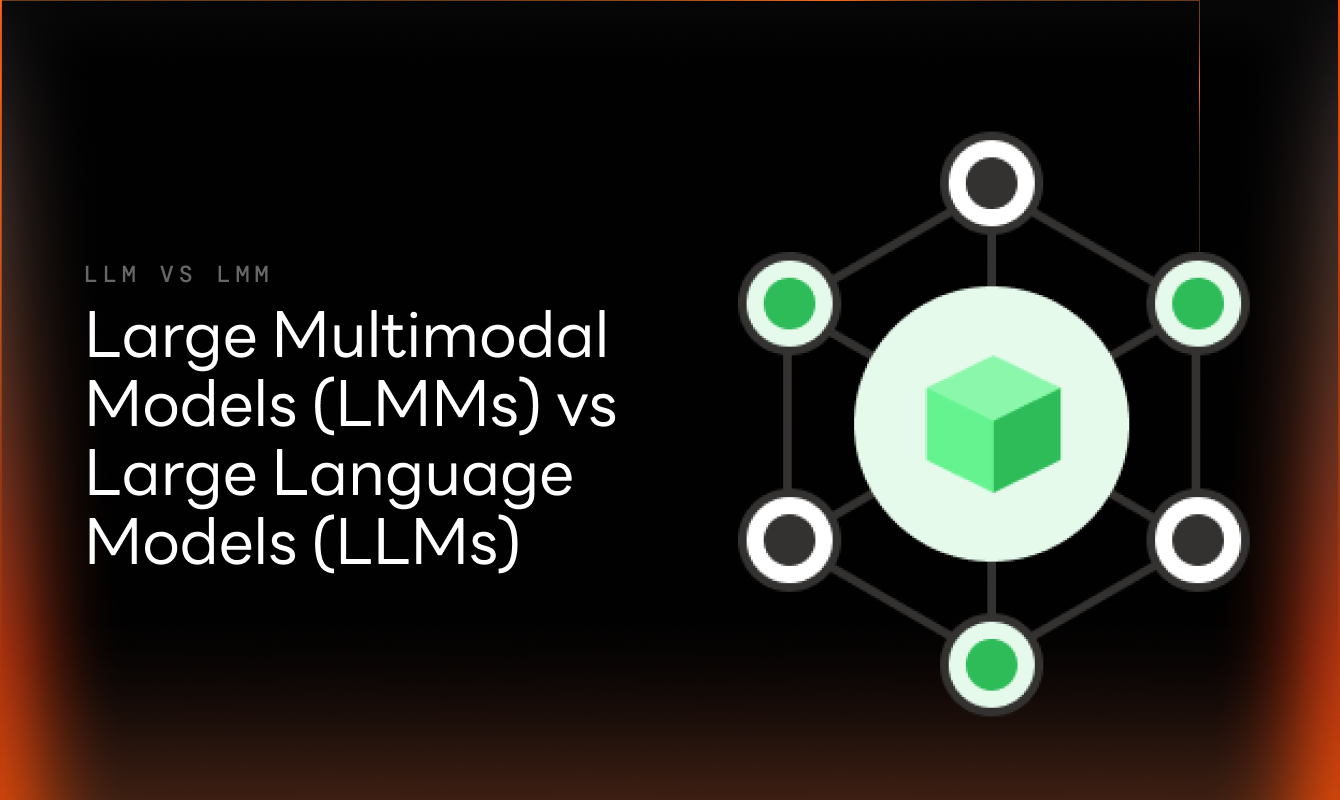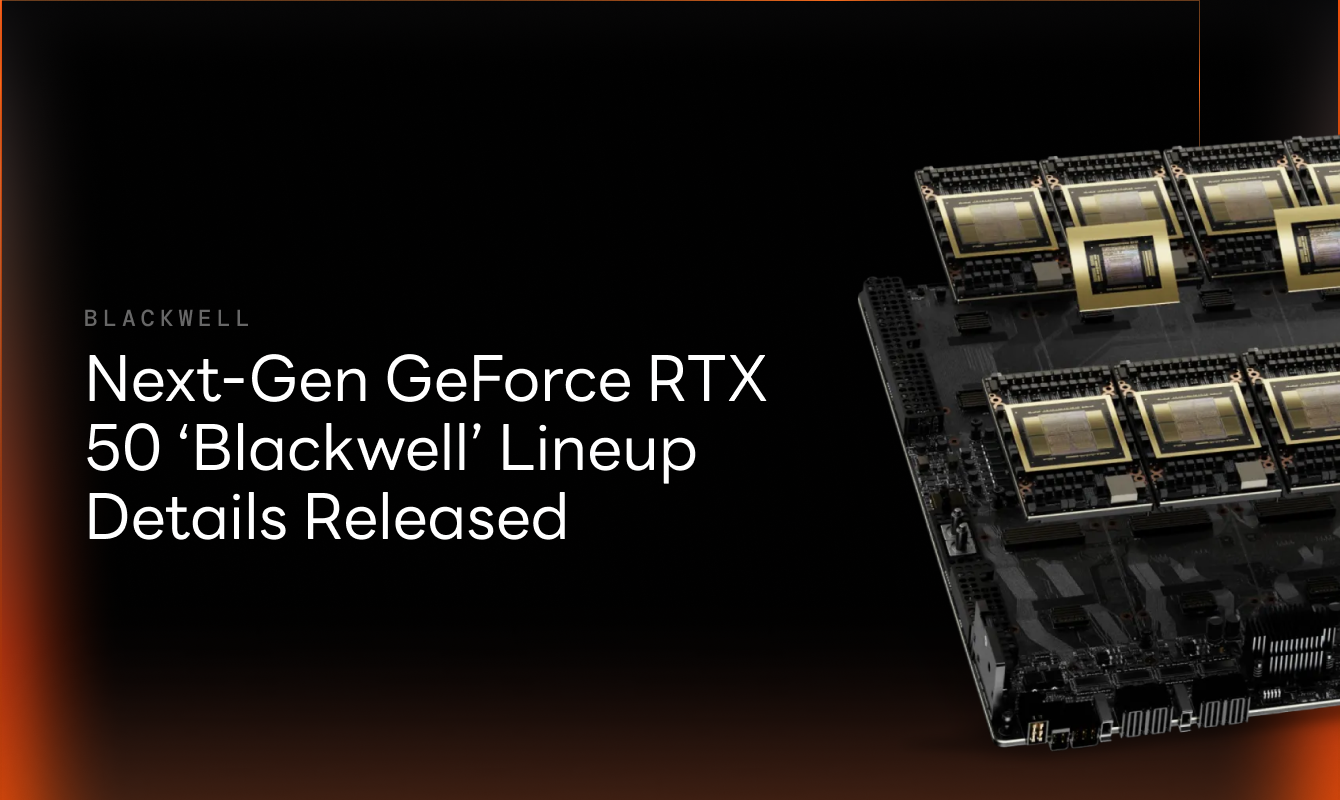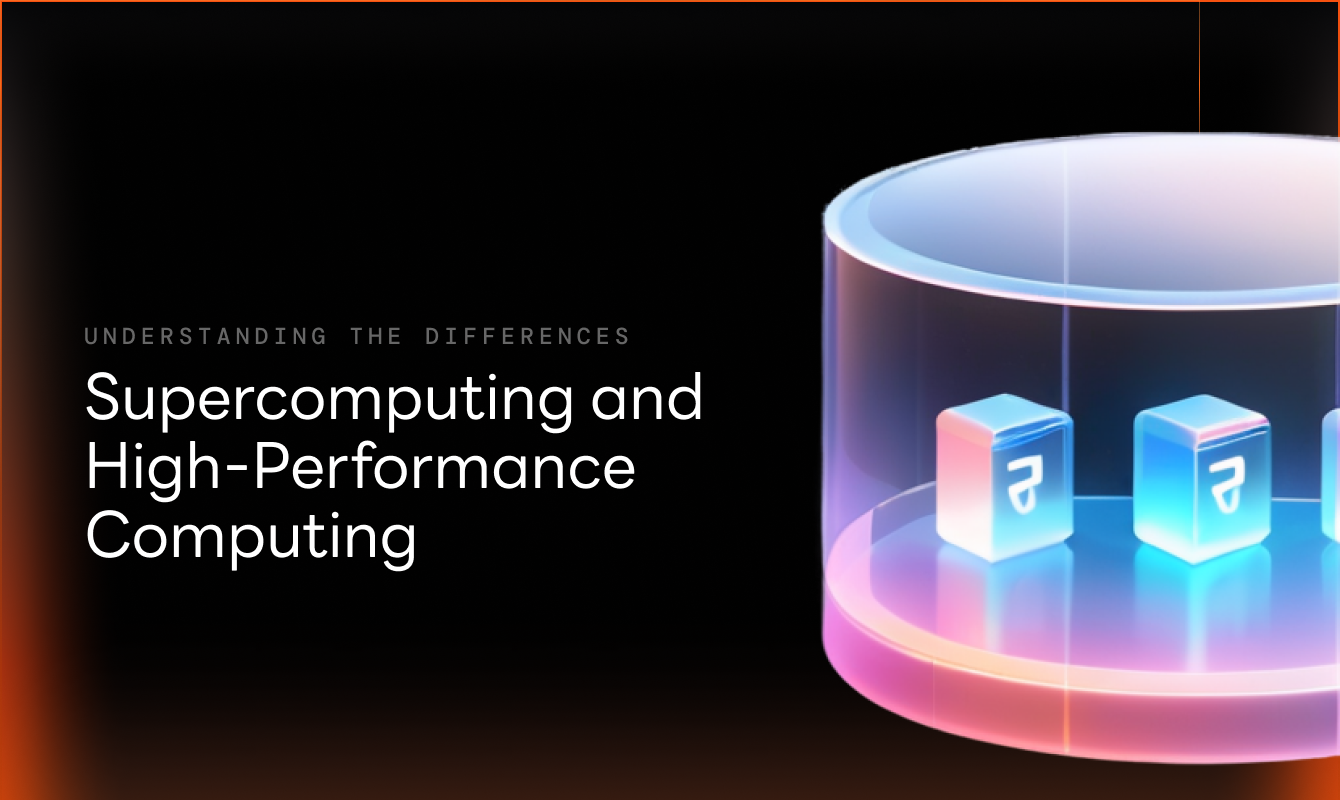
Complete Guide on running a GPU Provider Nodes
This guide aims to minimize the friction in using documentation, providing you with a streamlined approach to set up your Provider GPU node. We'll walk you through the essential steps, ensuring you gather all the correct procedures effortlessly. With this guide, you'll have a clear path to running your Provider node efficiently. Let's dive into the steps and make the setup process as smooth as possible.
Complete Guide on running a GPU Provider Node

Understanding Provider Nodes
Within the GPUNET compute model, Provider Nodes are indispensable for scaling the network's computational throughput. Once a node is acquired, the holder has the option to operate as a Validator or a Provider. Providers, specifically in GPUNET, delegate their surplus GPU capacity to the network, enabling the execution of high demand tasks such as AI training/inference, 3D rendering, and blockchain computations, etc. By reallocating their compute power, Providers enhance the network's operational efficiency, ensuring that the infrastructure remains robust and scalable while optimizing the availability of cost effective, high performance compute resources.
Providers are compensated with token rewards (in testnet the currency is $GP), establishing a dynamic incentive structure that underpins this decentralized framework. The decentralized system is powered by the contributions of Providers, who play a key role in the network's growth and strength. By offering their GPU resources, Providers not only enhance the network's infrastructure but also earn passive income through token rewards. This setup ensures that both the network and its participants benefit, creating a fair system where computational power is shared and valued across various industries.
Here is the list of GPUs currently eligible for delegation as a Provider:
CU= Compute Units
- H100 80 GB: 2
CU - A100 80 GB: 1.4
CU - A100 40 GB: 1
CU - A6000: 0.6
CU - A10G: 0.5
CU - RTX 40 Series: 0.4
CU - RTX 30 Series: 0.3
CU
How are rewards calculated for each GPU?
Compute Score = CU x CM x CH
CU= Compute Units,CM= Compute Multiplier,CH= Compute Health
Participants with higher Compute Score will receive a larger share of the rewards pool, incentivizing the contribution of more powerful GPUs and the expansion of computational resources within the GPUNET ecosystem
Note: You can combine multiple GPUs into a single Node and operate them together to boost your Compute Score.
0–1 PROVIDER SETUP
Prerequisites for Deploying a GPU Provider Node
To become a provider in GAN Chain, you need two wallet addresses:
- One wallet should hold the NFT purchased during the Node Sale.
- The second wallet, referred to as the 'Provider Address,' will be used solely for transactions on the smart contract.
Note: You will need to provide the private key of the Provider Address during setup. We recommend creating a new wallet for this purpose and transferring only 5–10 GPoints to cover gas fees.
STEP 1 -
Add a Provider Node
- Once the Provider Address is set up, visit our dashboard: https://dashboard.gpu.net
- Connect the wallet that holds the NFT (purchased from the Node Sale). You will then see the following pop-up:

- Enter the wallet address of the 'Provider Address' that you created above.
STEP 2 -
Add a Machine
- Open your terminal
- Clone the setup from our GitHub Repository, copy & paste it:
git clone https://github.com/brahmGAN/ganchain-provider-setup-v2.git
Navigate to the script location:
- Use the
cdcommand to move to the directory containing theadd_machine.jsscript. This script will be located in theadd_machinefolder within the cloned directory:
cd ganchain-provider-setup-v2/add_machine/
Install Node.js and npm:
- Run the following command in your terminal to install Node.js and npm if they are not already installed:
command -v npm >/dev/null 2>&1 || (curl -fsSL https://deb.nodesource.com/setup_20.x | sudo -E bash - && sudo apt-get install -y nodejs)
Install Required Packages:
npm install
Run the AddMachine Script:
Note: Replace <WALLET_ADDRESS> and <PRIVATE_KEY> with your specific values:
<WALLET_ADDRESS>is the EVM address of your provider wallet.<PRIVATE_KEY>is the private key for the above wallet.
HERE ↓
node add_machine.js -w "<WALLET_ADDRESS>" -p "<PRIVATE_KEY>"
Example:
node add_machine.js -w "0xF89860E37131c564F39862Aa42DD7c9Ed213198b" -p "0x7f25c1f6658fd0b86d9d7a62736a7983c78ab3d0e45909947bb32dd1f1ff0778"
-
Wait for the command to complete, it may take between 2 to 30 minutes depending on your GPU type. Once the script finishes running, you will see the following message (if successful): "Drill Test Complete, machineId: <Your_Machine_Id>"
-
** Keep this machine id intact for the next step. **
STEP 3 -
Start a Machine
Navigate to the Script Location:
- Use the
cdcommand to move to the directory containing themachine.jsscript. It will be located in the machine folder within the cloned directory. If you were previously in theadd_machinedirectory, the command will be:
cd ../machine/
Give Permission to Run the Script:
- Make the start-machine.sh script executable:
chmod +x start-machine.sh
Run the Machine Script:
Note: Replace <WALLET_ADDRESS>, <PRIVATE_KEY>, and <MACHINE_ID> with your specific values:
<WALLET_ADDRESS>is the EVM address of your provider wallet.<PRIVATE_KEY>is the private key for the above wallet.<MACHINE_ID>is the ID of the machine you received when adding the machine.
HERE ↓
./start-machine.sh <WALLET_ADDRESS> <PRIVATE_KEY> <MACHINE_ID>
Example:
./start-machine.sh 0xF89860E37131c564F39862Aa42DD7c9Ed213198b 0x7f25c1f6658fd0b86d9d7a62736a7983c78ab3d0e45909947bb32dd1f1ff0778 1001
See Logs:
- To check the status, run:
pm2 status
- To view the logs, use:
pm2 logs 0

Guides in Multiple Languages:


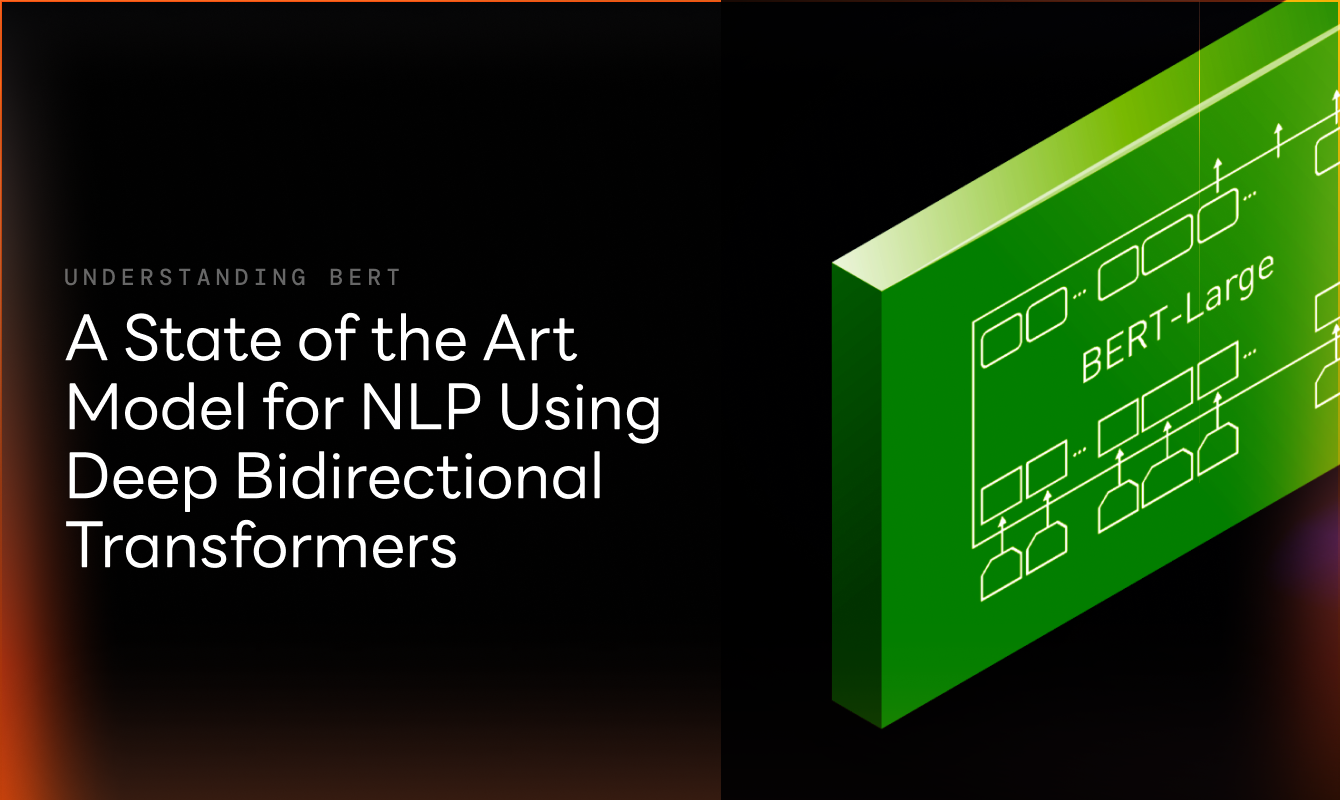
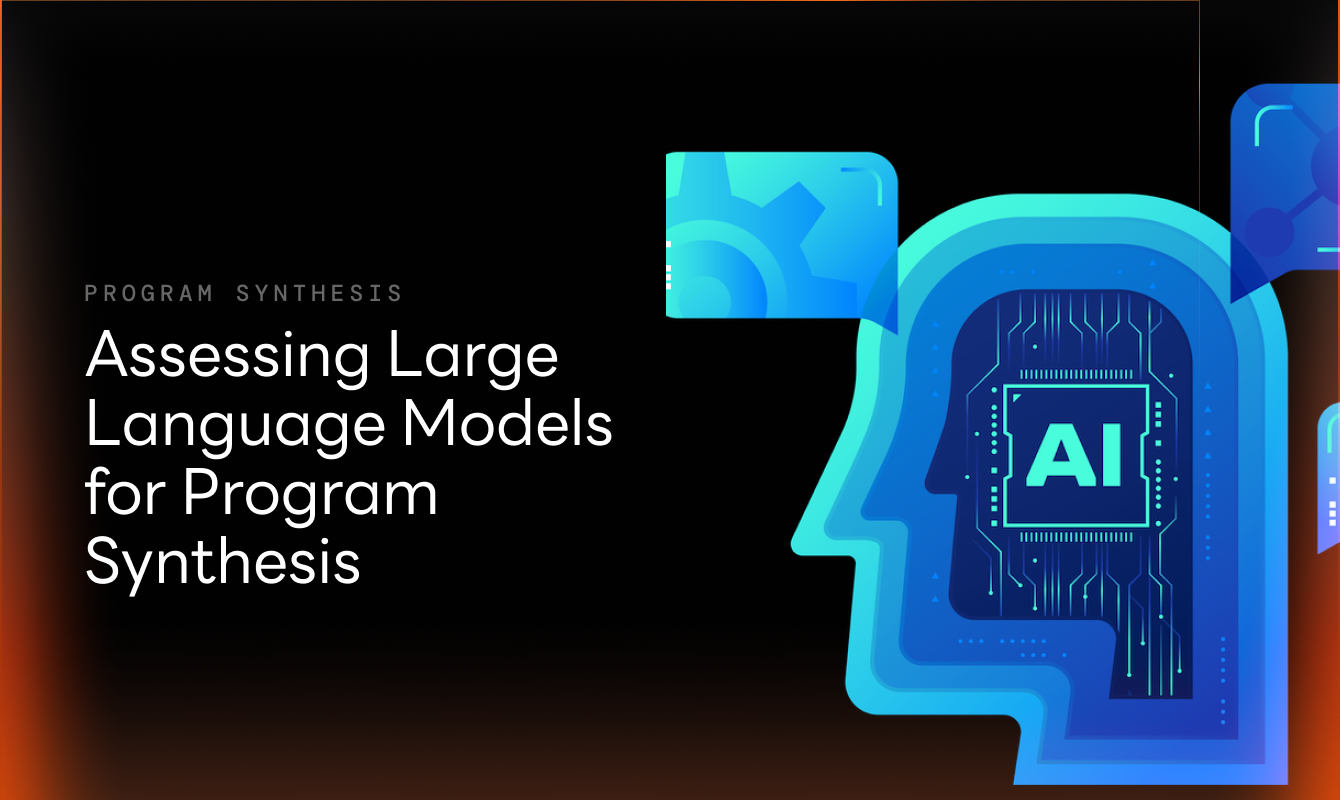


![GPUNET Verifiable Exchange: The Next Frontier for $GPU, Nodes and Ecosystem [TEASER]](https://i.ibb.co/Z1JWjN7r/Article-Cover.png)






